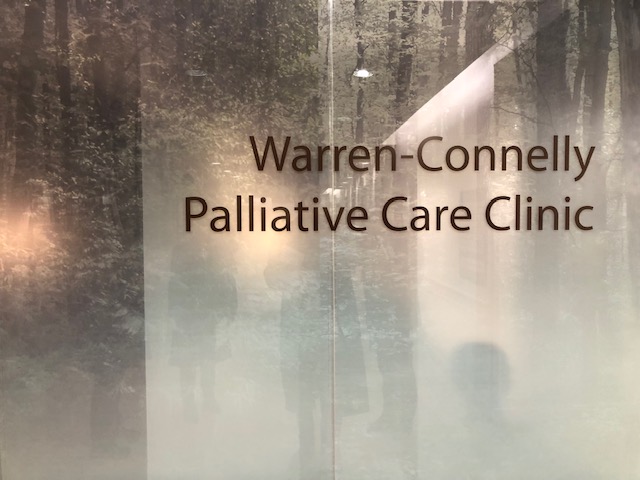
Last week I visited Princess Margaret Cancer Centre in Toronto for a grant status update meeting with a family foundation. I used to work at the Princess Margaret Cancer Foundation, but left 20 years ago. Returning after two decades provided me perspective on two key charitable estate planning considerations: time and flexibility.
The Cancer Centre and the treatment of cancer has changed massively since I worked there. An obvious sign was a complete renovation of the 1995 building for which I helped raised funds. It has now outgrown its original space and the building is being reconfigured to accommodate three times the patients it was designed for. Philosophies and models of care also change. There is a new palliative care clinic, noteworthy because when I left in 1999 we were battling for a rudimentary palliative care program.
Finally treatment has dramatically advanced. The family foundation is funding a world-leading comprehensive program in metastatic brain cancer. In my day when cancer spread to the brain from a primary site, such as lung, there was little that could be done aside from basic pain relief. Now patients are living longer, precision tools like gamma knife radiation are used and there is a real commitment to patient education – both in hospital and to the world. The focus is on preserving cognition and quality of life. It’s a big change.
My return visit underscores some of the traps and challenges that are inherent in planning estate donations. Often a gift is planned years before death and, frankly, it’s hard to imagine future needs based on current information. Today’s priorities, programs, techniques and organizational structures will change by the time the gift is realized. The planning process should be guided by Heraclitus’s observation that “the only constant is change”.
A gift by will requires humility and self-awareness in the planning. Most charities prefer estate donations to be unrestricted, but some donors want to be more targeted in their support. Here’s some thoughts:
- When drafting wills, avoid narrow and inflexible restrictions on the use of the gift, for example, naming programs, department and projects.
- Avoid naming current staff. Employment and roles change.
- Identify essential elements of the charitable purpose that will endure. At a teaching hospital, these would include patient care, education and research. In the education world, scholarships are another.
- Preferences can be stated – such as no endowments or capital projects – that don’t unduly restrict focus on essential elements of the charitable purpose.
- If the gift has restrictions, ensure the executor and charity are given latitude to negotiate a variation of purpose.
My return visit to Princess Margaret felt a bit like time travel. And in a sense, drafting a will to make a gift at an unknown time in the future requires thinking like a time traveller. It’s a goofy metaphor, but it is worth remembering that planning a future gift is inherently different than making one today.

0 Comments